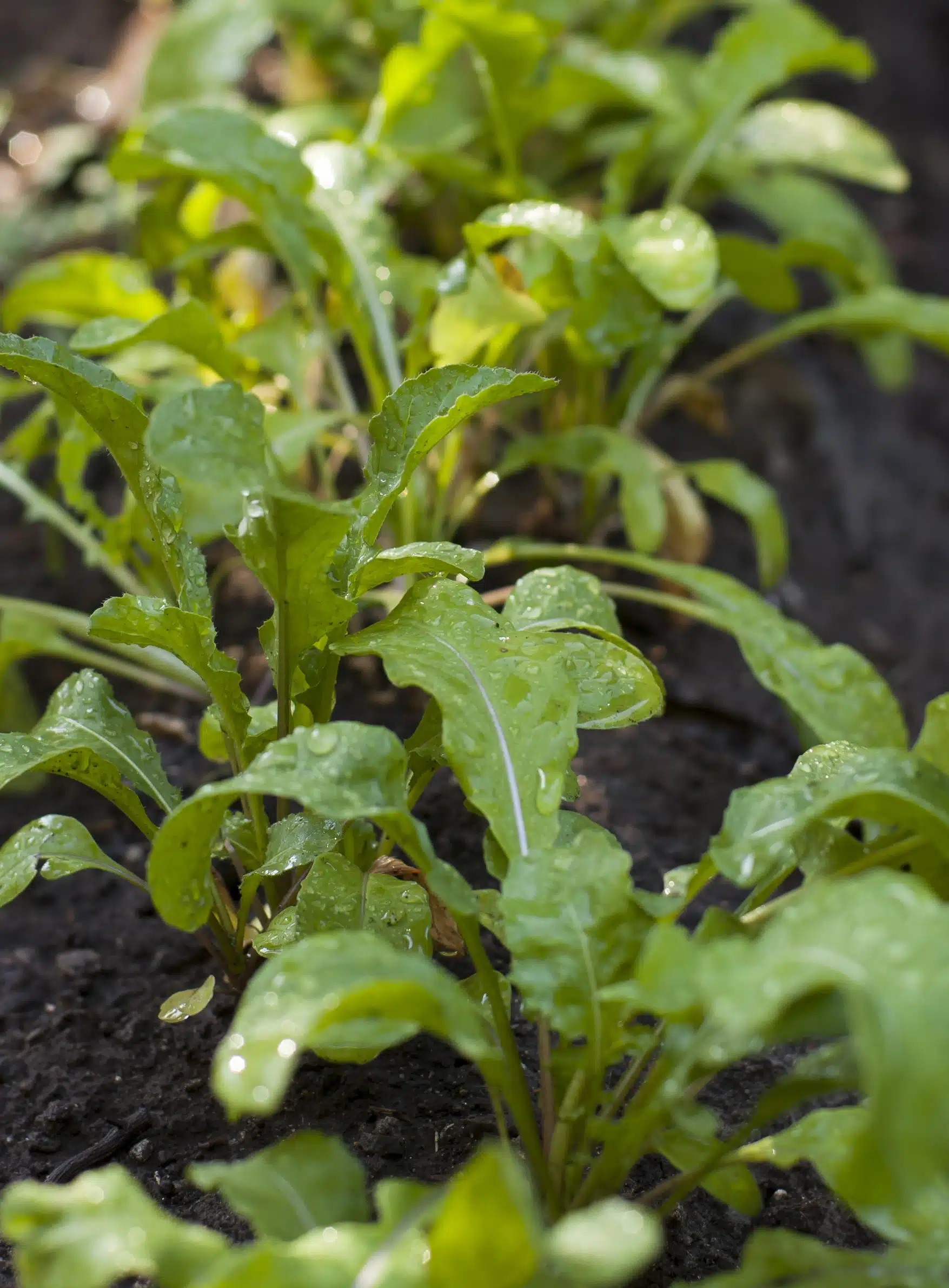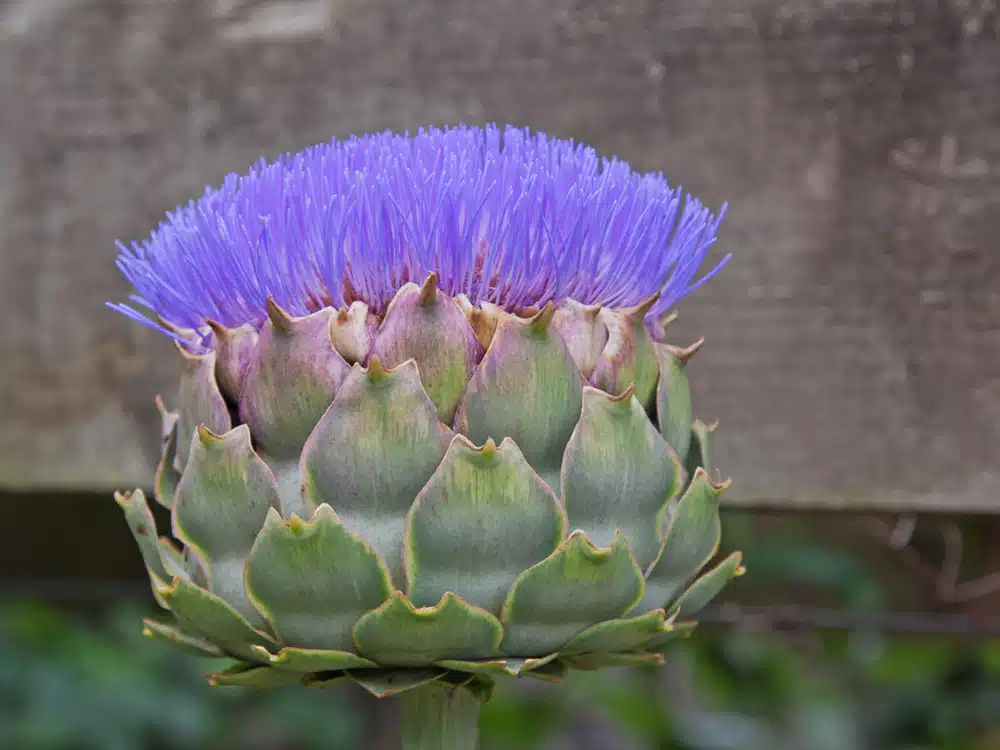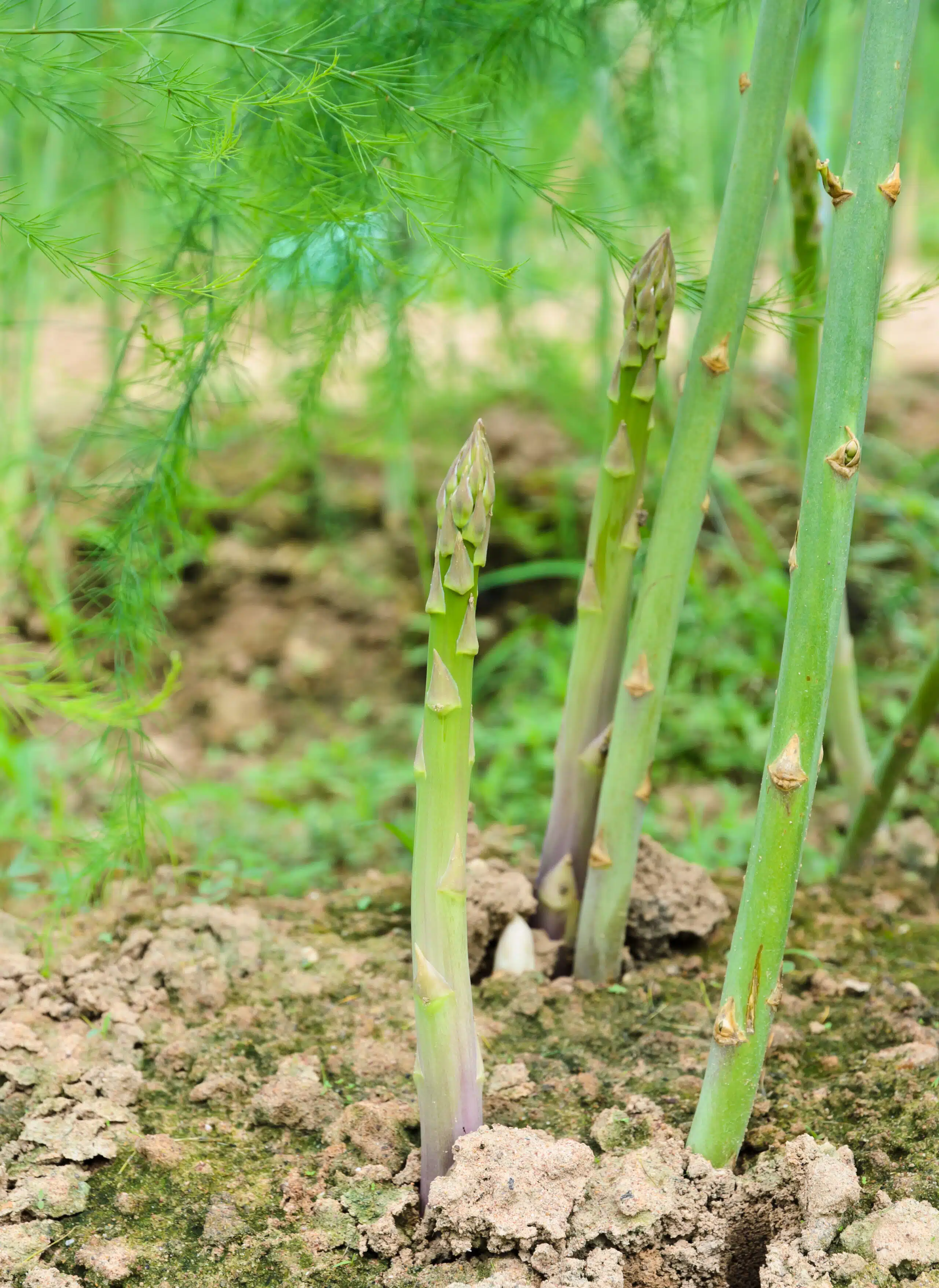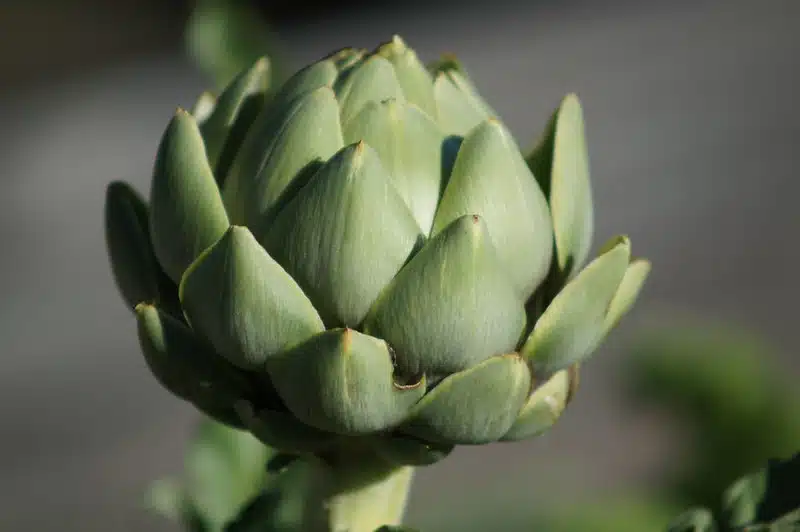I’m about halfway through Martin Crawford’s excellent book How to Grow Perennial Vegetables. It’s an engaging read that challenges the traditional “annual” planting approach as one that’s both overly labour intensive and detrimental to the environment.
Interestingly, his book also focuses on plants that can be harvested, “…in bulk amounts,” so you needn’t worry about the prospect of a measly crop. With the exception of asparagus, I suppose I’ve always (mistakenly, it appears) assumed that most edible perennials just wouldn’t produce the same amount of food as their annual counterparts.

The beauty about incorporating more perennial plants into your growing area is that there’s very few special considerations that need to be taken into account. You can intersperse them amongst your annuals or, if you have more space, design a polyculture – an almost self-reliant ecosystem in which all the plants mutually support each other.
Pots work equally well too. A potted perennial garden could be perfect for those city-dwellers with limited time. Chives, bamboo, perennial kale…they are all visually appealing and easy to grow in pots and containers.
Autumn and winter are the best time for planting woody perennials, and from spring onwards any number of herbaceous plants or “non-woody” evergreens can be started from seed. So, whatever the season, you’ll have some jobs to do. Personally, I’ve set aside a small bed that I’m going to dedicate exclusively to perennial vegetables for the foreseeable future.

Obviously the list of potential plants is huge (there’s nearly 300 in the book) but I’ve made my choices, outlined below, on the basis of them being low-maintenance and particularly generous as regards their edible growth.
If you want to go deeper into the topic, I would highly recommend the book, as he talks about more advanced techniques like aquatic gardening and cultivating perennial grains…homegrown bread anyone?
Designing A Polyculture

A polyculture is a set of plants deliberately planted together so as to limit competition. They usually have different light requirements, seasonal habits, and even nutrient requirements. Equally, plant combinations can be chosen to attract predatory insects (so as to diminish pest populations).
Supplies of nutrients are largely achieved through surface (no-dig) additions of manure and compost but Crawford argues that the need for adding these kinds of mulches can be reduced through a mixture of leaf litter that will come from trees and herbaceous plants, and the inclusion of nitrogen-fixing and mineral-accumulator plants, which form a kind of natural green manure.
In non-tilled land, mycorrhizal fungi, which lives just below the soil line, is allowed to thrive. They have a fascinating relationship with the plants and are able to transport nutrients for metres around their network. They can even warn other nearby plants of potential attacks from pests.
Growing Perennial Vegetables: Plant List

Bamboo shoots taste good boiled.So this is what I’m going to try and include in the raised bed. I haven’t tried anything like this before, and the polyculture I’m trying to go for might be completely mistaken, so I’ll just have to see how it goes! I’m going to thoroughly prepare the raised bed, double-digging and adding some gravel to the clay firmament below, after which I hope to rely solely on light compost mulches once or twice a year.
- Asparagus: An obvious choice. Though they require a few years to get settled, because of their deep roots they are natural mineral accumulators.
- Globe Artichoke: Another well-known perennial that requires a particularly well-draining soil to deal with the wet winter weather. My main concern is space as they can spread out to over a meter.
- Bamboo: This invasive plant wont be in the raised bed but in pots along the side. Harvesting is a simple process of chopping off new shoots (about 30cm high) around the base of the main plant. Crawford recommends thicker growing varieties as there’ll obviously be more to eat.,
- Chives: Chives are one of my favourite herbs. They’re unfussy, easy to harvest and fast-growing.
- Dandelions: No introductions necessary for this little chap. Alongside the edible leaves and flowers, they’re also good nitrogen fixers.
- Hosta: I hadn’t even considered the possibility that hosta shoots, harvested in much the same way as asparagus, were edible. These will be confined to the shady spots.
- Wood sorrell: I’m going to try to use this as a ground-cover, in amongst the other plants. It loves shade, is low-growing, and produces both edible leaves and flowers.
What Are Your Thoughts?
I’m somewhat new to the idea of growing perennials, so I’d love to hear your own thoughts and stories. Just drop a comment in the box below…
Cover image: mikaelsoderberg

I’m intrigued to know if any of your readers has tried eating Hosta shoots. I wonder if any varieties taste better than others? Does the book elaborate?
Since moving to a smaller garden, and back to full time work, I’ve decided to focus all my gardening on edible planting, and only plant ‘ornamentals’ if they specifically attract bees/butterflies. My potted Hostas (that came with me) don’t fit in my new plan, but maybe they do now?!
Hey Judy, merry Christmas! Personally, the reason I was drawn to Hosta shoots was because I thought they might be a good asparagus substitute…better in shade, do well in pots (I’m growing solely in pots now) and generally just unfussy. They’re quite nice if you get the chance. Maybe a contender for the worst spots in your garden? I tried harvesting bamboo shoots but wasnt overly keen.
Just visited your site and it’s lovely by the way 🙂 Did you design it yourself? Your garden looks great too!